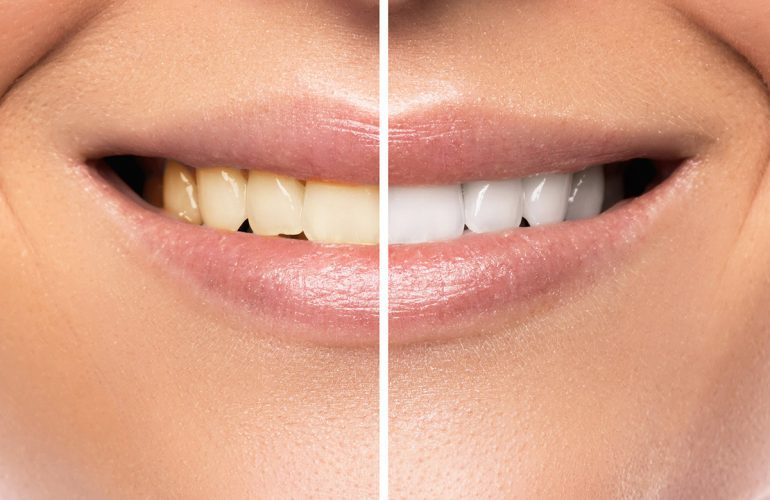Periodontology
Periodontal disease is a chronic progressive inflammation (inflammation) that affects the supporting structures of the teeth and, if not treated, leads to mobility and loss of teeth.
What are the most common misconceptions about periodontal disease (Incorrect information about periodontal disease)?
Periodontal disease cannot be treated!
Periodontal disease treatments are not successful!
Periodontal disease occurs only in older people!
Cleaning teeth and removing tartar is the only treatment for periodontal disease!
Recessions (retraction of the gums) of the gingiva cannot be corrected aesthetically!
If I am diagnosed with periodontal disease, I will definitely lose my teeth!
What are the treatments for periodontal disease?
The American Academy of Periodontology applies a proactive approach in order to rehabilitate the inflammation that has involved the supporting structures of the teeth and the regeneration of soft and hard tissue (gum and bone). Depending on the stage of the disease, treatments are divided into non-surgical interventions and microsurgical interventions. Non-surgical interventions are recommended only in extremely early stages of the disease. In other cases, reconstructive microsurgical interventions are the treatment of choice.
These treatments are active therapy followed by a phase of maintaining the achieved results, which consists of regular check-ups and cleaning of the gums and good oral hygiene of the patient.
What is the treatment for receding gums (gingival recession)?
In most clinical cases, receding gums can be successfully corrected. The treatment, which has been the gold standard for many years and gives outstanding results, is a connective tissue transplant from the palate that is stable for many years, which is supported by both clinical and scientific studies.
What are the alternatives for patients who come in the late stage of periodontal disease?
In patients in whom tooth extraction is necessary due to loss of bone and gum, it is necessary to build up the gum and bone first and then proceed to implant-prosthetic therapy. Implants with a combination of fixed works (bridges) or prostheses on implants can be a functionally stable and aesthetically satisfactory solution for such patients.
.


